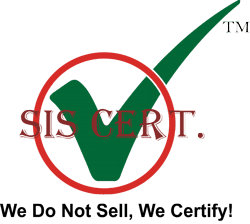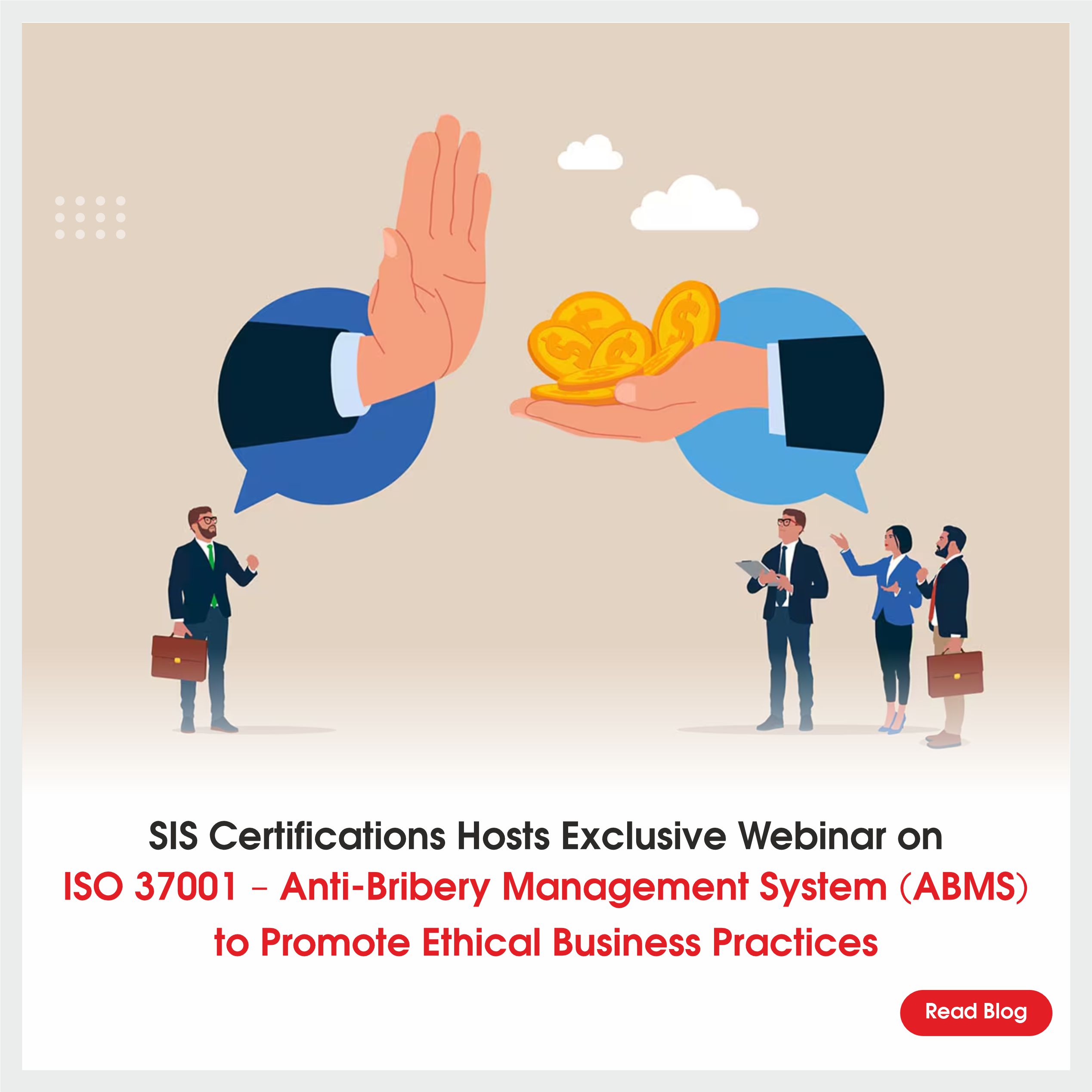A non-conformance in the context of ISO 9001 is when an organization does not adhere to the requirements of the standard. If you want to guarantee the quality of your organization’s processes, services, and products and maintain the satisfaction of your stakeholders, it is imperative that you understand what non-conformances to ISO 9001 are and how to deal with them.
In-depth explanations of the various degrees of non-conformance and examples will be provided in this blog post for ISO 9001 non-conformance. It also looks at the effects of non-conformance and how to handle it.
So, what does ISO 9001 non-conformance actually mean?
The meaning of non-conformance is rather simple. It can be characterized as any situation in which your organization doesn’t follow ISO 9001 regulations.
As you are aware, the International Organization for Standardization created the ISO 9001 standard. It defines the standards for a quality management system to make sure that your goods and services satisfy the requirements and expectations of customers, authorities, and the law. Therefore, non-conformances can appear in your procedures, goods, or even in the worker’s behaviour.
Typically, non-conformances are found both during normal inspections and internal and external audits. They might range from minor faults that are simple to fix to significant flaws that have a negative impact on your conformity to ISO.
What distinguishes minors from serious non-conformances? ⮯
An incident that does not adhere to ISO 9001 requirements but is a one-time occurrence and is not anticipated to have a significant impact on your QMS and business operations is referred to as a minor conformance.
On the other hand, a large non-conformance might be either a series of lesser incidents or a single, serious incident that does not adhere to the standards of ISO 9001. Your QMS would be severely impacted, possibly causing complete corporate operations to be disrupted.
No matter whatever category a non-conformance falls into, all non-conformances under ISO 9001 must be addressed through corrective activities that prevent the non-conformance from occurring again.
Examples of ISO 9001 non-conformance
Here are some instances of non-conformances you can encounter in your organization to put non-conformance into perspective:
- A lack of response to a decline in quality
- Improper process and procedure monitoring and measurement
- A staff member’s error
- Measurement requirements for the product don’t match the client’s expectations.
- Inadequate risk management and assessment
- An absence of corrective action documentation
- Not stating the ingredients used in your operations clearly
- Missing crucial records, including court records or training records
What effects does non-conformance have?
If non-conformances are not identified and handled, they may have a negative effect on your company.
For instance, failing to address a decline in the quality of your products may lead to unhappy customers and a damaged reputation. The morale of your organization may suffer as a result of persistent personnel actions that violate ISO 9001 criteria. Additionally, manufacturing goods that don’t meet criteria may necessitate product recalls or restart of production, both of which reduce productivity. This will also not benefit your company in terms of retaining stakeholders’ satisfaction.
What effects does non-conformance have? ⮯
Non-conformances are undesirable, but what matters most is how you handle them. After all, they are correctable. When a non-conformance is discovered, whether by you, an internal or external auditor, it is crucial that you take immediate action to rectify the situation.
Filling out a Non-Conformance Report (NCR) is the initial step in handling a non-conformance. The document that follows:
- Tells the offender who is in charge of the violation
- Describes the non-conformance in detail and explain how it will be fixed so that it doesn’t happen again.
You should implement the action plan you have created to address the non-conformance after completing an NCR.
You should implement the action plan you have created to address the non-conformance after completing an NCR. A smart suggestion is to evaluate the success of your corrective measures in resolving the problem.
You will be in a better position to make sure that your company complies with ISO 9001 regulations if you take these steps.
Why is it crucial to comply with ISO 9001?
By lowering the possibility of errors and saving you time, successful compliance to ISO 9001 can result in enhanced efficiency. Additionally, it helps increase the consistency of your systems and processes and aid in the ongoing development of your QMS. These advantages will ultimately result in happy employees and clients.




